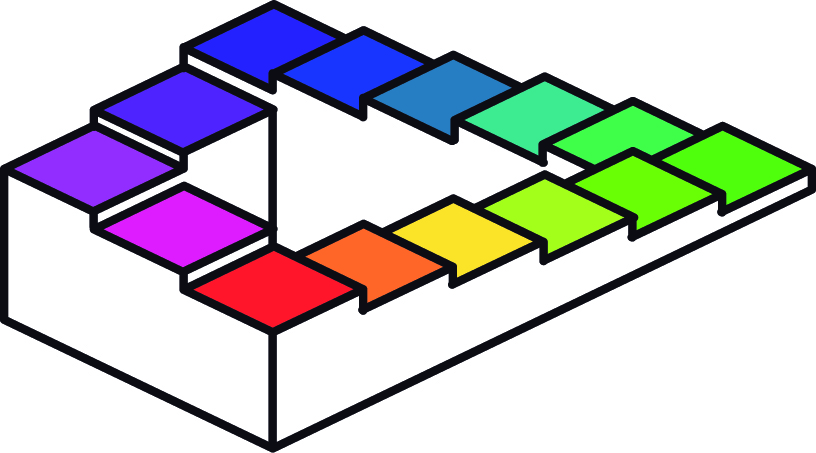Starting point / Motivation
Urban energy storage systems in settlements, quarters or areas offer a variety of electrical and thermal storage options (e.g. seasonal storage underground, thermal use of concrete parts and component activation, water storage). It must therefore be possible to plan the neighborhoods appropriately in the early planning and tendering phases with regard to the desired technical parameters. VITALITY DISTRICT examines and develops tools and criteria for this purpose.
The VITALITY District project aims to develop urban planning options towards a “low-carbon” city with a high quality of life and good resilience, considering existing and planned buildings, infrastructure and use. The project places emphasis on integrating existing knowledge and existing research and research results. With the results of this project, a technical basis for various aspects of an ambitious and actionable Smart City urban planning will be created on neighborhoods.
Objectives
The main objective of the VITALITY District project is to design and optimize photovoltaic planning as early as the design phase of building groups and districts, coordinated with consumption profiles, building topology and solutions for energy communities, storage and greening.
- Integral system planning at the quarter-level can reduce peak load energies and buffer surpluses in urban energy storages. In addition, this allows buildings of the district to be optimally coordinated and cared for.
- VITALITY District develops tools and methods for the early planning phase of quarters in distributed power generation, distributed storage and interaction between buildings, grids, and storage. This would also prejudge the recently sent out EU-key policies European Green Deal and contribute to its implementation.
- To develop and evaluate parameters for the development of rough energy concepts at the quarter level (e.g.: share of renewable energies, energy efficiency, spatial comfort, define best placement of PV modules and sizing of storage to increase self-consumption at district level, etc.)
Methods
The VITALITY District project builds on the results of the VITALITY project, which developed an evaluation tool for the early planning phase of photovoltaics for large-volume buildings.
Technical methods to achieve the main goals include:
- Photovoltaic energy yield models for distributed, various scales and different shaded PV-systems.
- Methods for specifying energetic district goals and the resulting building typologies.
- Basis for the parametric optimization calculation of the entire district.
- Integration of green building solutions in the model to take into account the cooling effects against summer overheating.
- Methods of urban energy storage and potential of energy storage.
Expected results
- Models for the simulation of aggregated PV yields for distributed and partially shaded systems of different sizes and technologies. Methods and potential for urban energy storage. Methods and potential for urban energy storage will be shown. A list of criteria for early planning and tendering of energy-active quarters is going to be developed.
- Renewable energy generation profiles and load profiles of different types of buildings can be generated at the quarter level.
- Tool for urban planners to simulate quarters with urban storage and renewable energy. Optimization potential compared to existing quarters and non-optimized use cases using an evaluation matrix.
- Holistic solutions for coordinated energy use from local energy resources combined with energy-efficient components to greening.

